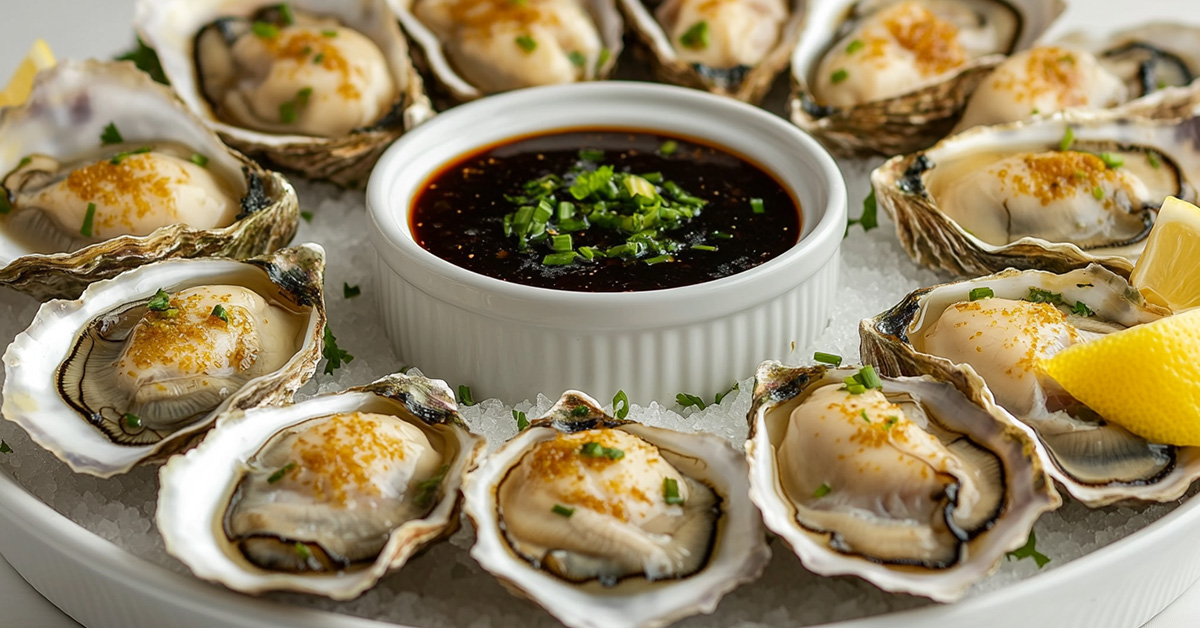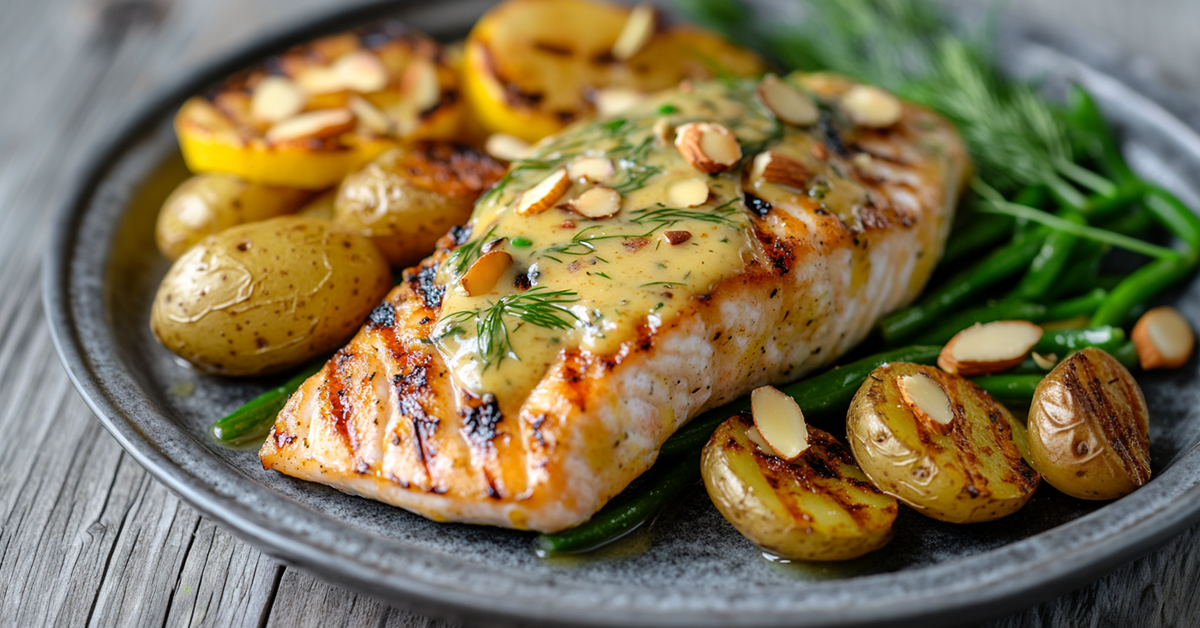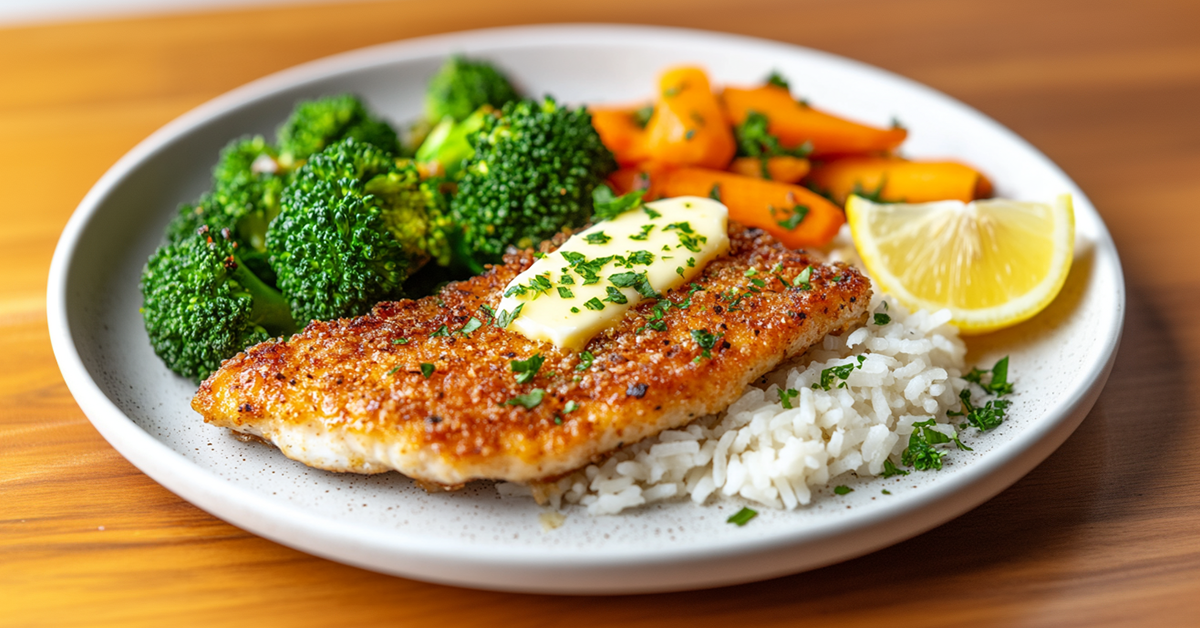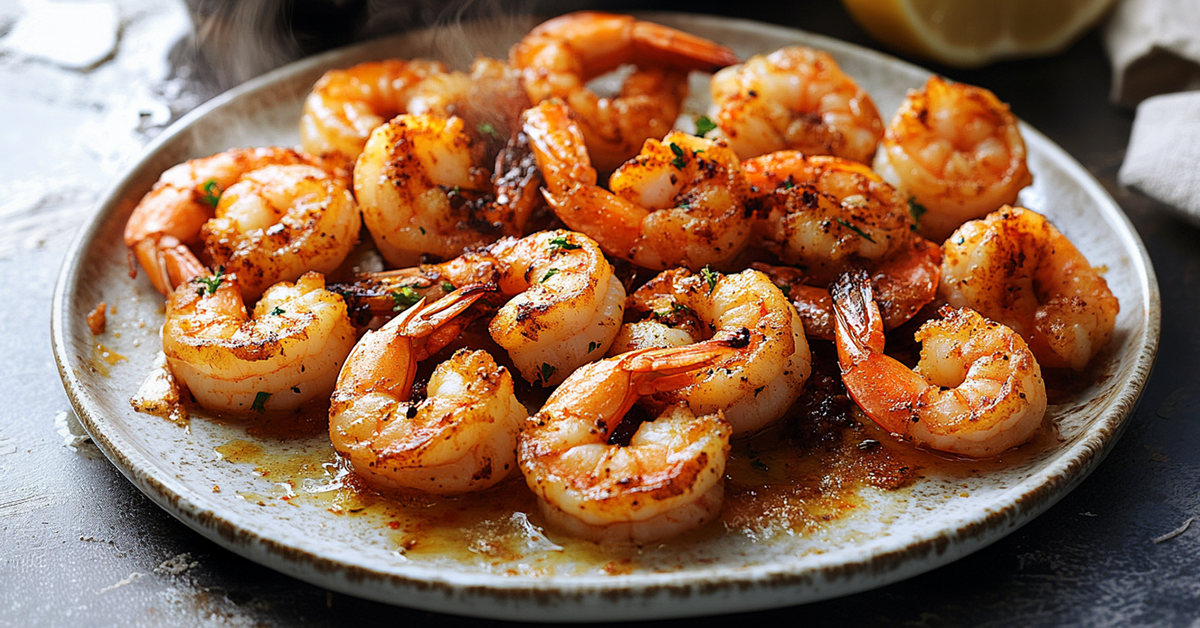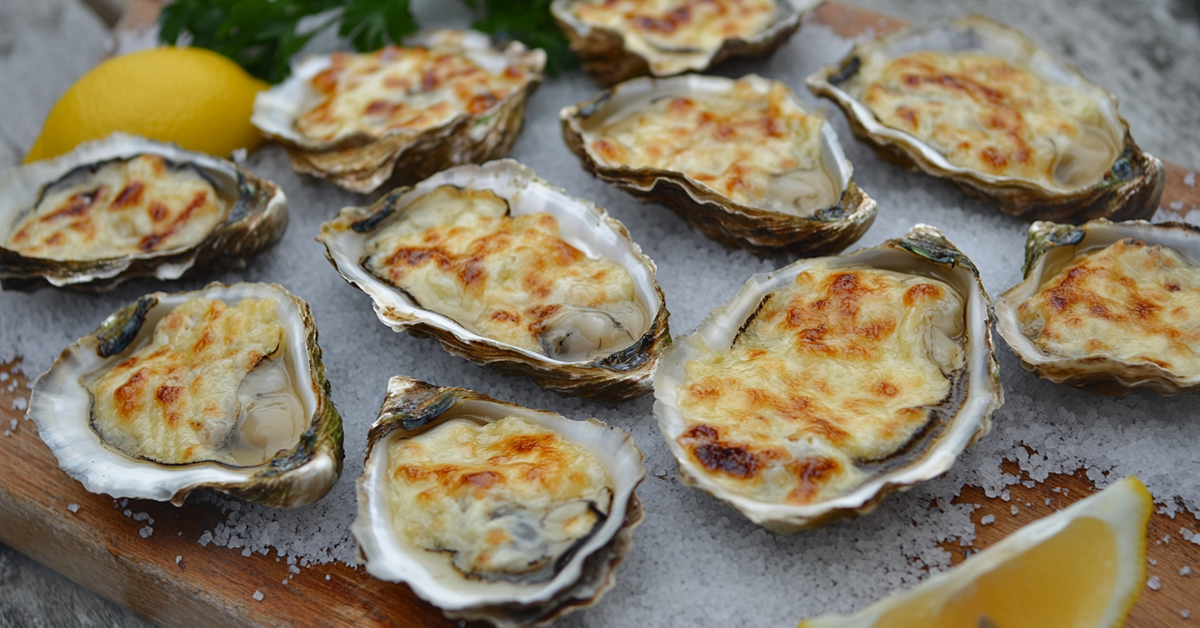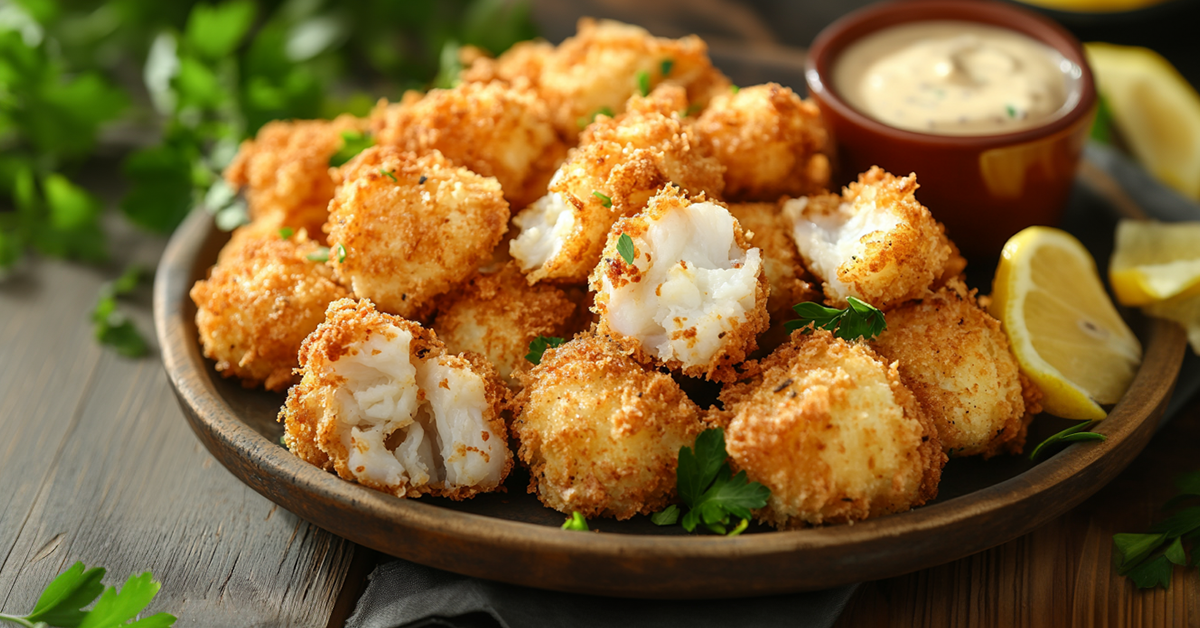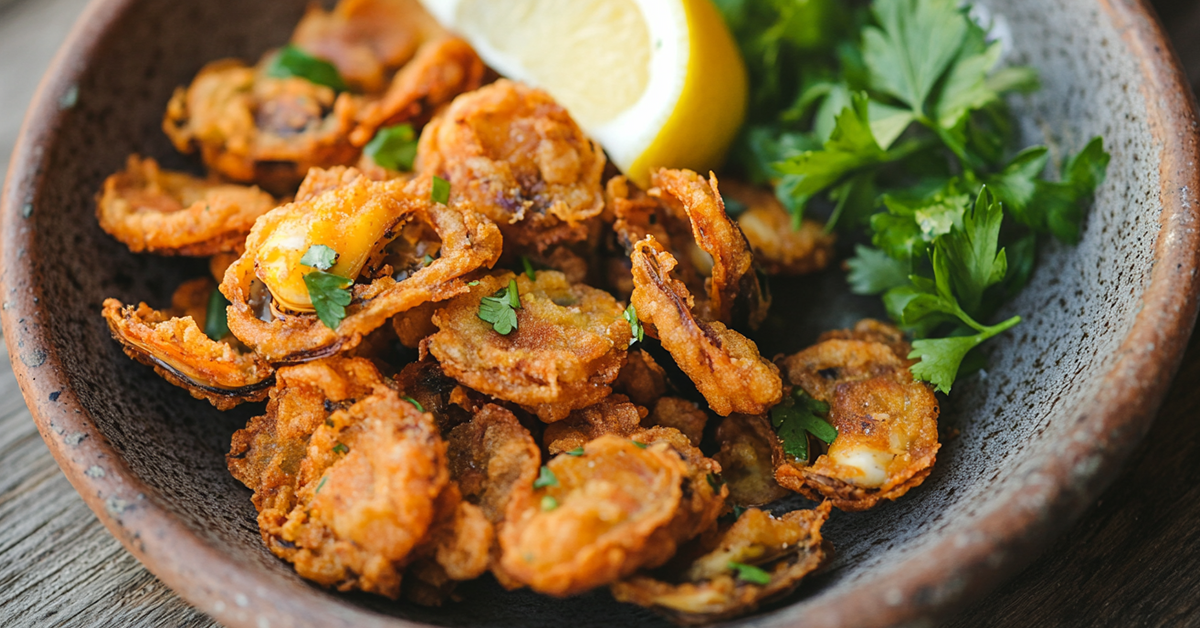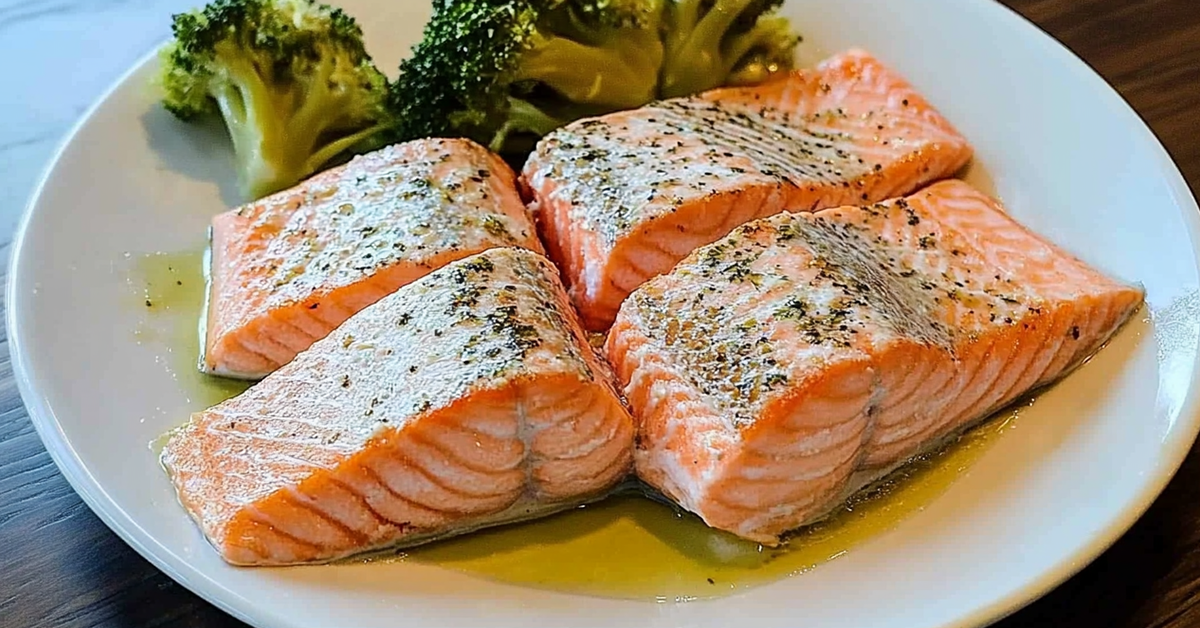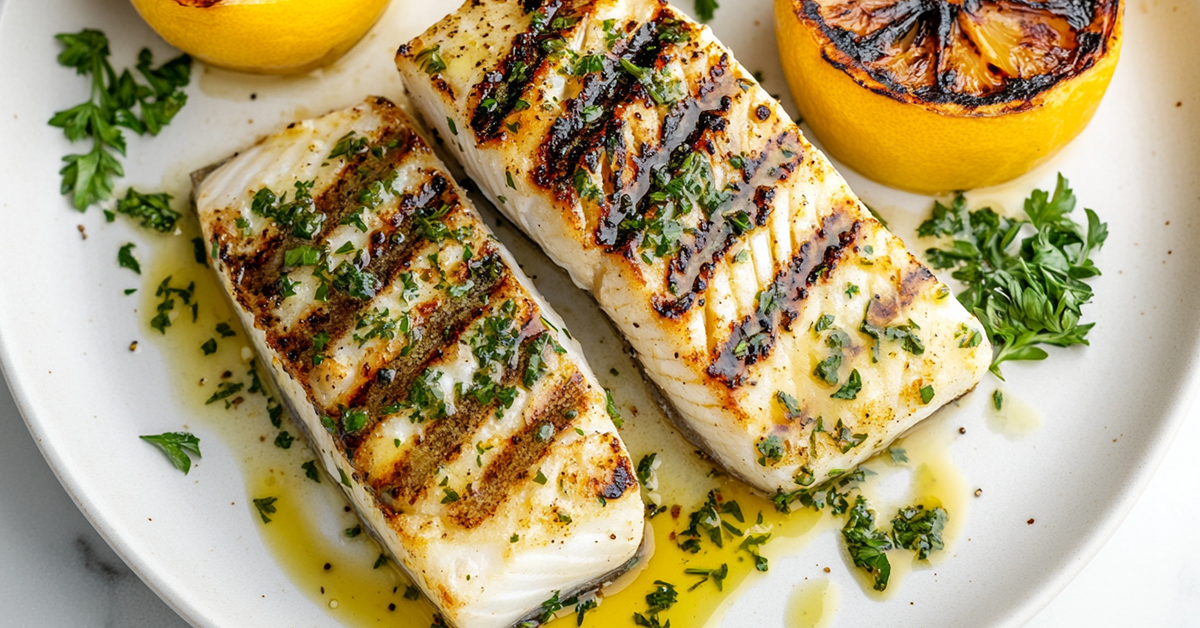Steamed oysters are a delicious and surprisingly easy seafood dish you can make right at home. Raw oysters might seem daunting at first, but steaming these briny treats brings out their natural flavors and ensures they’re well-cooked.
You don’t need professional cooking skills or fancy equipment to steam oysters perfectly. The process is straightforward and the results are amazing. Your guests will love these tender, flavorful bites whether you serve them at a casual dinner or an elegant seafood feast.
This piece shows you everything about preparing steamed oysters – from picking the freshest shellfish to getting that perfect steam. You’ll get the tools you need, clear step-by-step instructions, and expert tips that will make your oyster steaming a soaring win.
Table of Contents
Types of Oysters Suitable for Steaming
The type of oysters you choose can make the most important difference in how your steamed seafood feast turns out. Not all varieties deliver the same delicious results.
Pacific oysters make excellent candidates for steaming. These prominent shellfish deliver a sweet, mild flavor and plump meat that becomes wonderfully tender when steamed. They keep their natural briny taste while developing a delicate texture through the steaming process.
Blue Point oysters from the Atlantic coast are a great choice for steaming. Their medium size and balanced salt content make them perfect for beginners. These versatile shellfish stay juicy and flavorful while holding up well to heat.
Kumamoto oysters are perfect if you prefer smaller varieties. These petite delicacies respond beautifully to gentle steaming even though people usually eat them raw. They develop a sweet, nutty flavor that many find irresistible.
The core team looks for these characteristics to select oysters for steaming:
- Medium to large size (3-4 inches) to handle easily
- Tightly closed shells suggesting freshness
- Heavy for their size, which means good meat content
- Clean shells without major damage or cracks
- Fresh, oceanic smell
Size matters in steaming oysters. Medium to large oysters work best because they:
- Keep more moisture during cooking
- Open and handle more easily
- Give you more meat to enjoy
- Cook evenly throughout
It’s worth mentioning that local varieties often work best since they’re the freshest option you can get. The freshness matters more than the specific variety, whether you pick East Coast, West Coast, or Gulf oysters.
Read also: Air Fryer Oysters Recipe
How to Select and Prepare Fresh Oysters for Steaming
The right selection and preparation of fresh oysters is vital to steam them perfectly. Success begins at the market or seafood counter, and knowing what to look for makes all the difference.
Fresh oysters should feel heavy and full of seawater. They should be tightly closed or close quickly when you tap them. Look for these signs of freshness before buying:
- Shells should be firmly closed or close when touched
- No strong fishy smell – just a fresh ocean scent
- Shells should be free from major cracks
- Heavy for their size with a deep cup
- Tags showing harvest date and location
Good preparation matters after you’ve selected your oysters. Clean them well under cold running water. A stiff brush helps remove mud, sand, or debris from the shells. Discard any oysters that remain open after tapping or those with broken shells.
These preparation steps will give you the best results:
- Scrub each oyster well under cold water
- Remove any seaweed or barnacles attached to the shells
- Check again for any cracked or damaged shells
- Store properly if not cooking immediately
- Give them a final rinse just before steaming
Place your cleaned oysters cup-side down in a container and cover them with a damp cloth to store. They’ll stay fresh in your refrigerator at 40°F or below for up to seven days, but it’s best to cook them within 48 hours of purchase.
Before steaming, group your oysters by size so they cook evenly. Any that feel unusually light or sound hollow when tapped might be dead and unsafe to eat – remove these. A good pair of thick gloves can protect your hands during cleaning and preparation if you’re new to handling oysters.
Your prepared oysters should stay cold until you’re ready to steam them. This keeps them safe and maintains their quality, ensuring the best possible steamed oyster experience. Fresh oysters need minimal seasoning since their natural briny flavor comes through during steaming.
Read also: Steamed Lobster Recipe
Essential Tools and Equipment for Steaming Oysters
The right tools will make your oyster steaming experience smooth and safe. A properly equipped kitchen sets the stage for perfectly steamed oysters.
Simple Equipment Essentials:
- Large steaming pot or stockpot with lid
- Sturdy steaming rack or basket
- Heavy-duty kitchen gloves or oyster gloves
- Stiff-bristled brush for cleaning
- Kitchen thermometer
- Large serving platter
- Oyster knife or shucking tool
- Clean kitchen towels
- Tongs for handling hot oysters
Your steaming pot needs enough space to fit a single layer of oysters without crowding. A pot that’s at least 12 inches wide works great for a dozen oysters. Make sure the lid fits tightly to keep all the steam inside while cooking.
With safety in mind, hot shellfish require careful handling. Get yourself a pair of heat-resistant gloves that go past your wrists. These will protect you from steam burns and sharp shells. Kitchen mitts don’t work well because they get slippery when wet.
Beyond the basic pot and gloves, a steaming rack is a vital part – it raises your oysters above the water. This will give a true steaming effect instead of boiling. Stainless steel racks work best since they won’t rust or change your seafood’s taste.
To prepare the oysters properly, a sturdy brush with stiff bristles helps remove sand and debris from the shells effectively. You’ll also need a dedicated oyster knife. Its design lets you open steamed oysters safely without damaging the meat.
Once you begin cooking, perfect results depend on temperature control. A good kitchen thermometer helps track water temperature and ensures proper cooking. Food safety requires an internal temperature of 145°F.
During the steaming process, keep a spray bottle with clean water close by. You can quickly clean shells or adjust moisture while cooking. A few clean kitchen towels help handle hot equipment and wipe spills.
While you might be tempted to cut corners, quality tools are worth the investment. Proper equipment will give you better results and keep you safe while steaming oysters, even though makeshift alternatives might seem tempting.
You may like: Grilled Sardines Recipe
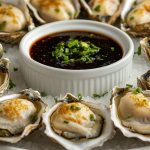
Steamed Oysters Recipe
- Total Time: 15 minutes
- Yield: 4 servings 1x
Description
A classic steamed oysters recipe that brings out their natural briny sweetness will create an unmatched seafood experience. This recipe works perfectly for casual dinners and special occasions.
The recipe delivers tender, juicy steamed oysters that you can customize with different sauces while the oysters’ natural taste shines through. You’ll need about 20 minutes takes about 20 minutes to complete this dish.
Ingredients
- 12–24 fresh oysters in their shells
- 1/2 cup water for steaming
- Optional sauce ingredients:
- 1/2 cup soy sauce
- 2 tablespoons water
- 1 tablespoon brown sugar
- 2 teaspoons sesame oil
- 2 tablespoons finely chopped scallions
Instructions
- Clean the oysters: Scrub shells under cold running water until clean.
- Prepare your steamer: Add water to a steaming rack in a large pot. The water should stay below the rack.
- Arrange oysters: Set oysters cup-side down in a single layer on the rack. This keeps their natural juices intact.
- Steam the oysters: Cover the pot after water boils. Steam 4-6 minutes until the oyster edges start to curl.
- Check for doneness: The shells should open slightly. Take them out right away to prevent overcooking.
- Serve: Use tongs to place oysters on a serving platter. Add your favorite sauce and garnishes if desired.
Notes
– Throw away oysters that stay closed after steaming.
– Keep steaming time under 10 minutes to avoid tough, rubbery oysters.
– Fresh oysters last up to 2 days in the refrigerator.
– White wine or beer can add extra flavor to your steaming liquid.
- Prep Time: 10 minutes
- Cook Time: 5 minutes
- Category: Seafood
- Method: Steaming
Serving Suggestions for Steamed Oysters
A stylish presentation can raise your steamed oysters from good to memorable. The right accompaniments and serving techniques will transform how your guests experience this seafood delicacy.
Temperature matters at the time of serving steamed oysters. They taste best straight from the steamer. Have your serving platter and accompaniments ready before the oysters finish cooking to maintain their perfect temperature.
These steamed oysters deserve an elegant presentation. A bed of rock salt or seaweed keeps them stable and adds visual appeal. This arrangement looks impressive and helps maintain their warmth while preventing them from tipping over.
Classic accompaniments that pair perfectly with steamed oysters include:
- Melted butter with minced garlic
- Fresh lemon wedges
- Mignonette sauce
- Cocktail sauce
- Fresh horseradish
- Hot sauce varieties
- Crusty bread for soaking up the flavorful juices
Your steamed oysters work beautifully as part of a larger seafood spread. They complement steamed clams, mussels, or fit naturally in a traditional seafood boil. You might prefer serving them straight from the steamer with cold beer or crisp white wine.
Garnishing tips make your presentation stand out. Fresh herbs like parsley or chives sprinkled over the platter add flavor. Red pepper flakes or microgreens create visual interest. Small forks or picks make eating easier.
The shells have value after your guests finish – they work as excellent serving vessels for other seafood dishes or natural fertilizer in gardens. Small bowls for empty shells and plenty of napkins help manage this delightfully messy experience.
A steamed oyster station works great for outdoor gatherings where guests can help themselves. Small bowls with spoons hold condiments, while extra plates and utensils stay nearby. This setup creates a casual, interactive dining experience your guests will remember.
First-time oyster eaters appreciate guidance on the best way to enjoy them. They should start with a drop of lemon to taste the natural flavors before trying other sauces and condiments.
Read also: Bhekti Macher Paturi Recipe
Health Benefits of Steamed Oysters
Steamed oysters not only taste amazing but also pack a powerful nutritional punch. They stand out as one of the most nutritious seafood choices you can make. The steaming process keeps all the vital nutrients intact while adding minimal calories to this protein-rich food.
Steaming preserves nutrients better than other cooking methods. You don’t need any added fats or oils, which makes steamed oysters perfect for health-conscious eating. This gentle cooking technique keeps the oyster’s natural nutritional value while making them safe to consume.
Steamed oysters provide these essential nutrients that benefit your body:
- Zinc for immune system support
- Iron for healthy blood cells
- Vitamin B12 for nerve function
- Omega-3 fatty acids for heart health
- Selenium for antioxidant protection
- Protein for muscle maintenance
Steamed oysters serve as a low-calorie protein source that fills you up quickly. Your body absorbs nutrients more easily from steamed oysters than raw ones, yet they retain most of their nutritional benefits.
Portion control is key to getting the most health benefits. A serving of 6-8 medium steamed oysters gives you plenty of nutrients without too many calories. This amount works great for both special occasions and everyday meals in a balanced diet.
The way you cook oysters affects their safety and nutrition by a lot. Steaming removes any worries about eating raw seafood and doesn’t need extra fats or seasonings to taste good. This makes them an excellent option if you watch your calories or follow a heart-healthy diet.
Your digestion improves with steamed oysters compared to raw ones. The cooking process makes them easier to digest while keeping their impressive nutrient content. This gentle method also preserves the sea’s natural minerals that make oysters unique.
Steamed oysters fit perfectly into most eating plans if you track your macros. They contain few carbs, moderate protein, and healthy fats. This mix suits many diets, from Mediterranean to low-carb approaches.
References:
– Listonic
– Healthline
Note that steamed oysters work best as part of a varied, balanced diet. Add fresh vegetables and whole grains to create a complete meal that supports your health goals effectively.
Conclusion
Steamed oysters deliver a perfect balance of culinary simplicity and gourmet dining. This cooking method keeps the natural flavors intact and makes oysters more approachable for home cooks. The preparation is also safer than serving them raw.
Three essential elements determine your success with steamed oysters. You need fresh, high-quality shellfish, the right tools and techniques, and precise timing to create tender, flavorful bites. Fresh oysters need minimal seasoning because their natural briny essence emerges perfectly through steaming.
Steamed oysters’ impressive nutritional profile makes them an excellent choice for everyday meals or special occasions. The clean cooking method delivers a protein-rich option that suits dietary plans of all types.
A small batch works best when you’re starting out. After you become skilled at the fundamentals, try different serving styles and accompaniments to develop your signature steamed oyster dish. These delicate shellfish will enhance your cooking repertoire, whether you serve them as an elegant appetizer or at a casual seafood feast.

